Skincare in the Next Era
Skincare evolves quickly, but not every “hot ingredient” is worth adding to your routine. Some actives are supported by strong science, while others rely on hype. As we move into 2026, here’s a breakdown of ingredients to try, backed by dermatology research, and ones you can safely skip.
Ingredients to Try in 2026
1. Peptide Complexes 2.0
The science: Peptides are short amino acid chains that signal the skin to produce collagen and elastin. Clinical studies confirm peptides improve firmness and reduce fine lines when used consistently.
-
A randomized controlled trial found topical peptides significantly improved wrinkle depth and skin elasticity (Lintner et al., 2019).
-
Another review highlights their safety and efficacy as non-invasive anti-aging actives (Schagen, 2017).
Rejûvaskin Connection: Products like Advanced Firming Cream harness peptides to support skin tone and texture.
2. Bakuchiol + Retinol Hybrids
The science: Bakuchiol is a plant-derived compound shown to mimic many benefits of retinol—without irritation. A 12-week randomized study found bakuchiol significantly reduced wrinkles and hyperpigmentation, comparable to retinol, but with better tolerability (Dhaliwal et al., 2019).
-
Emerging hybrid formulas (low-dose retinol + bakuchiol) show promise in balancing efficacy with reduced sensitivity.
Rejûvaskin Tip: If you’re using retinoids, pair them with barrier-supporting creams like Skin Recovery Cream to minimize irritation.
3. Fermented Extracts & Probiotics
The science: Fermented ingredients enhance bioavailability of actives and support the skin’s microbiome. A review in Frontiers in Microbiology notes that topical probiotics and fermented compounds can reduce inflammation and strengthen the skin barrier (Knackstedt et al., 2020).
Good for: Sensitive skin or those prone to redness.
4. Niacinamide (The Steady Star)
The science: Niacinamide remains one of the most studied, reliable actives in dermatology. Research shows it reduces hyperpigmentation, improves barrier function, and decreases inflammation (Draelos, 2019).
Rejûvaskin Tip: Niacinamide pairs beautifully with retinoids, reducing dryness and irritation.
Ingredients to Skip in 2026
1. Stem Cell Creams
The science: Despite flashy marketing, there is no evidence that plant-derived stem cells applied topically integrate into human skin. Reviews conclude that while growth factors show potential, most “stem cell creams” lack robust human trials (Goldberg et al., 2019).
2. DIY Acid Cocktails
The science: Combining multiple high-strength acids at home increases the risk of chemical burns and barrier disruption. Dermatologists caution that at-home “acid layering” should be avoided outside of professional guidance (Kim et al., 2021).
3. Gold-Infused Creams
The science: Gold has antimicrobial properties, but clinical evidence supporting its cosmetic benefits is minimal. A systematic review found no strong evidence for anti-aging claims tied to topical gold (Rigo Gaspar et al., 2020).
Building Smarter Skincare in 2026
The safest way forward is combining evidence-backed actives (like retinoids, peptides, niacinamide, and bakuchiol) with barrier-focused support. Rejûvaskin’s skincare bundles take the guesswork out, ensuring your products work in harmony rather than in conflict.
Trend With Caution
As skincare trends continue to evolve, remember: not all that glitters (literally, in the case of gold creams) is gold. Stick with ingredients backed by science, and skip those that are mostly marketing. With Rejûvaskin, you can trust that your routine is both safe and effective.
Works Cited
-
Dhaliwal, S., Rybak, I., Ellis, S. R., Notay, M., Trivedi, M., Burney, W., … Sivamani, R. K. (2019). Prospective, randomized, double-blind assessment of topical bakuchiol and retinol for facial photoageing. British Journal of Dermatology, 180(2), 289–296. Link
-
Draelos, Z. D. (2019). Cosmeceuticals with clinically proven efficacy. Journal of Cosmetic Dermatology, 18(6), 1556–1562. Link
-
Kim, J., Lee, S., & Kim, H. (2021). Complications from inappropriate use of chemical peels and acids: A dermatologic review. Dermatologic Therapy, 34(1), e14765. Link
-
Knackstedt, R., Knackstedt, T., & Gatherwright, J. (2020). The role of topical probiotics in skin care: A review of the literature. Frontiers in Microbiology, 11, 555. Link
-
Lintner, K., Peschard, O., & Van Reeth, I. (2019). Cosmetically active peptides. Clinics in Dermatology, 37(5), 483–489. Link
-
Rigo Gaspar, L., et al. (2020). Gold in dermatology: hype or hope? Journal of Cosmetic Dermatology, 19(6), 1370–1378. Link
-
Schagen, S. K. (2017). Topical peptide treatments with effective anti-aging results. Dermatology and Therapy, 7(1), 133–145. Link
- Goldberg, D. J., et al. (2019). The use of stem cells in aesthetic dermatology: current perspectives. Clinical, Cosmetic and Investigational Dermatology, 12, 305–312. Link
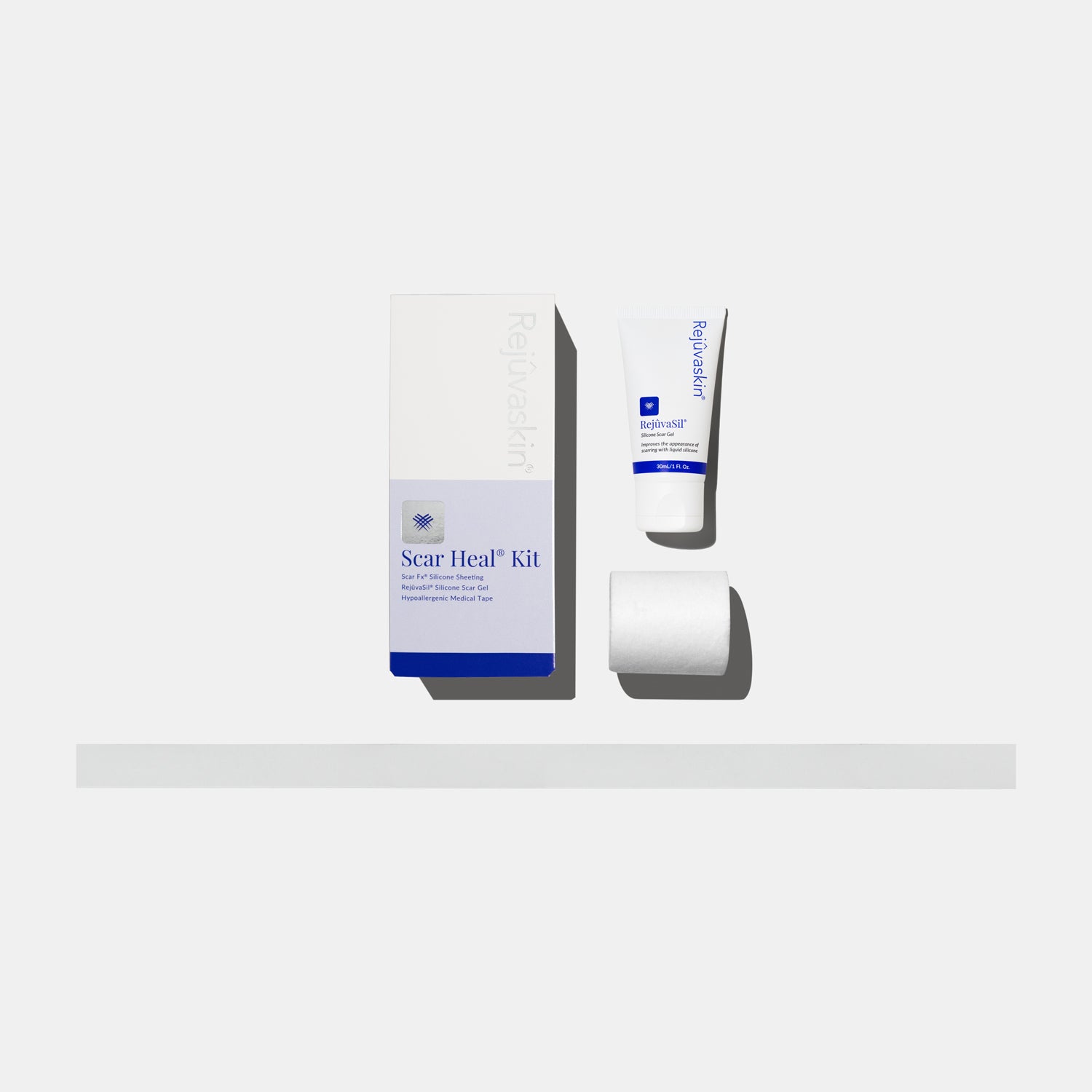


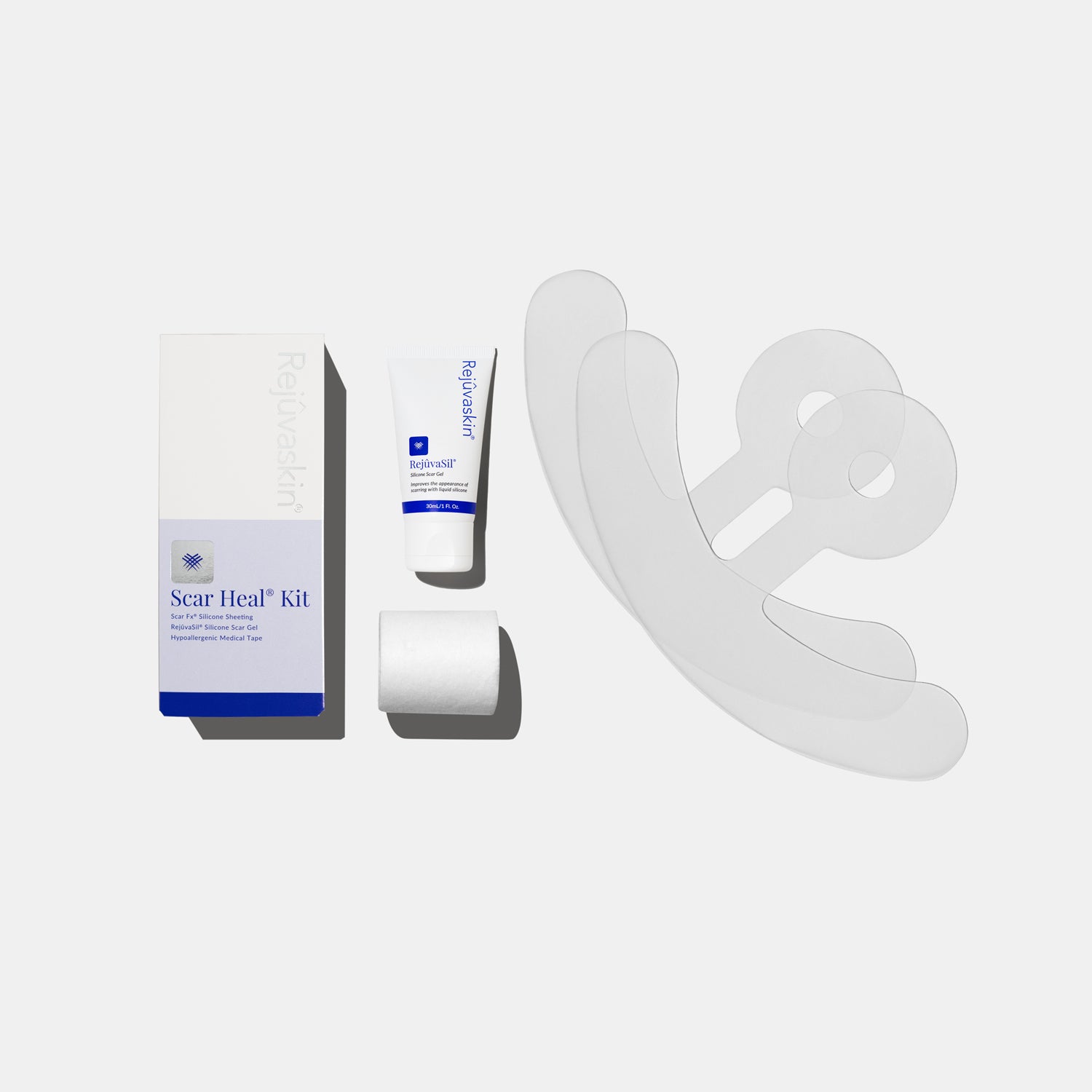
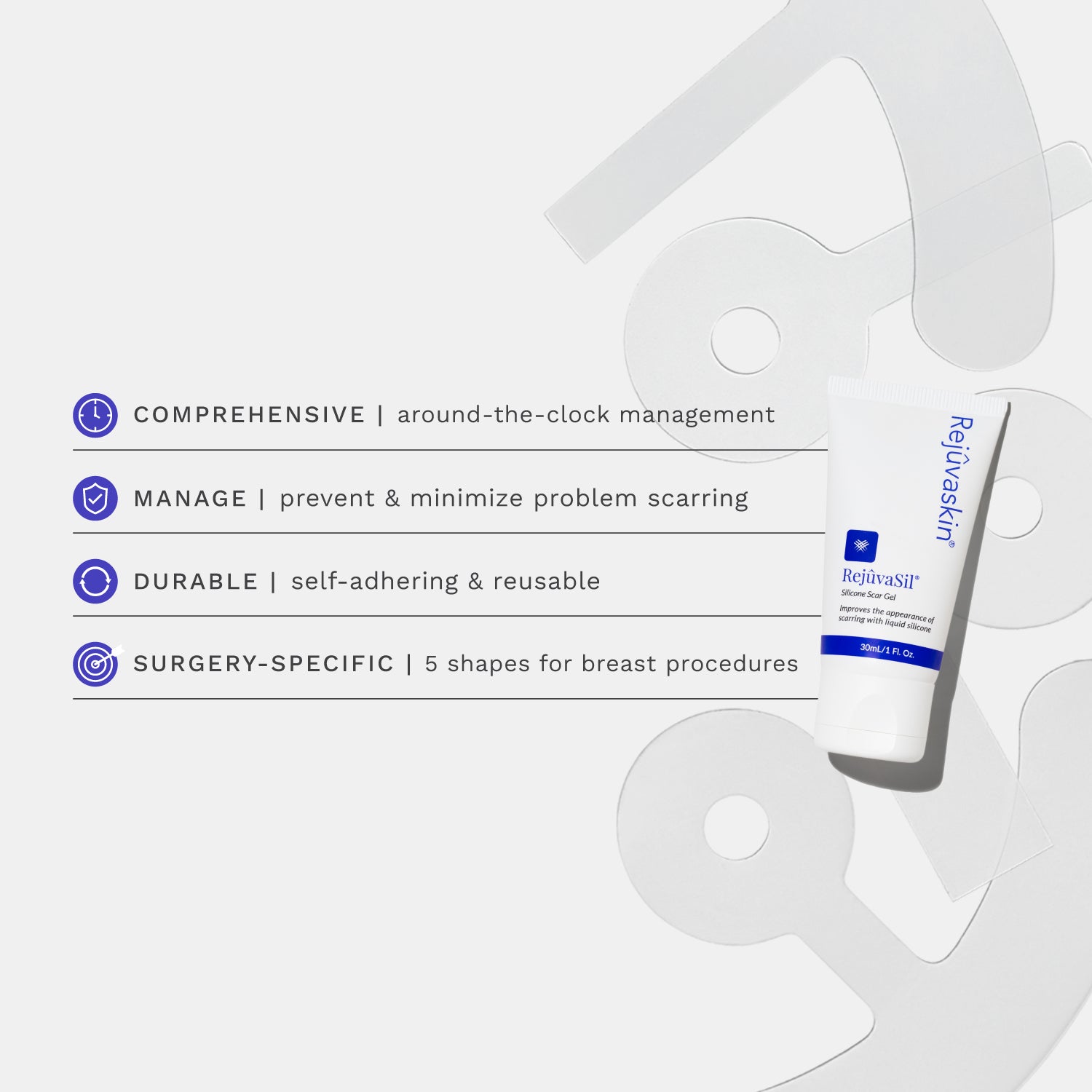

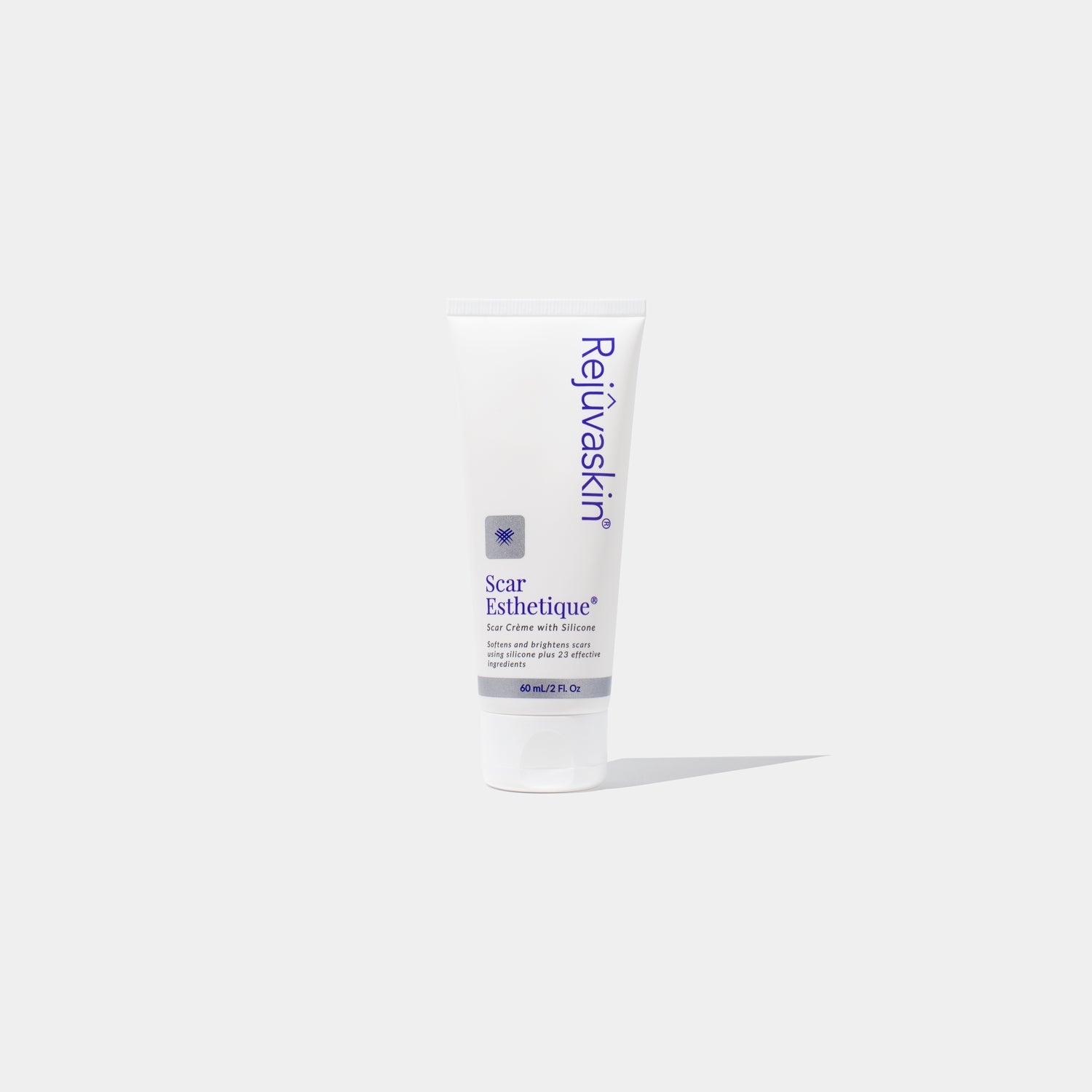
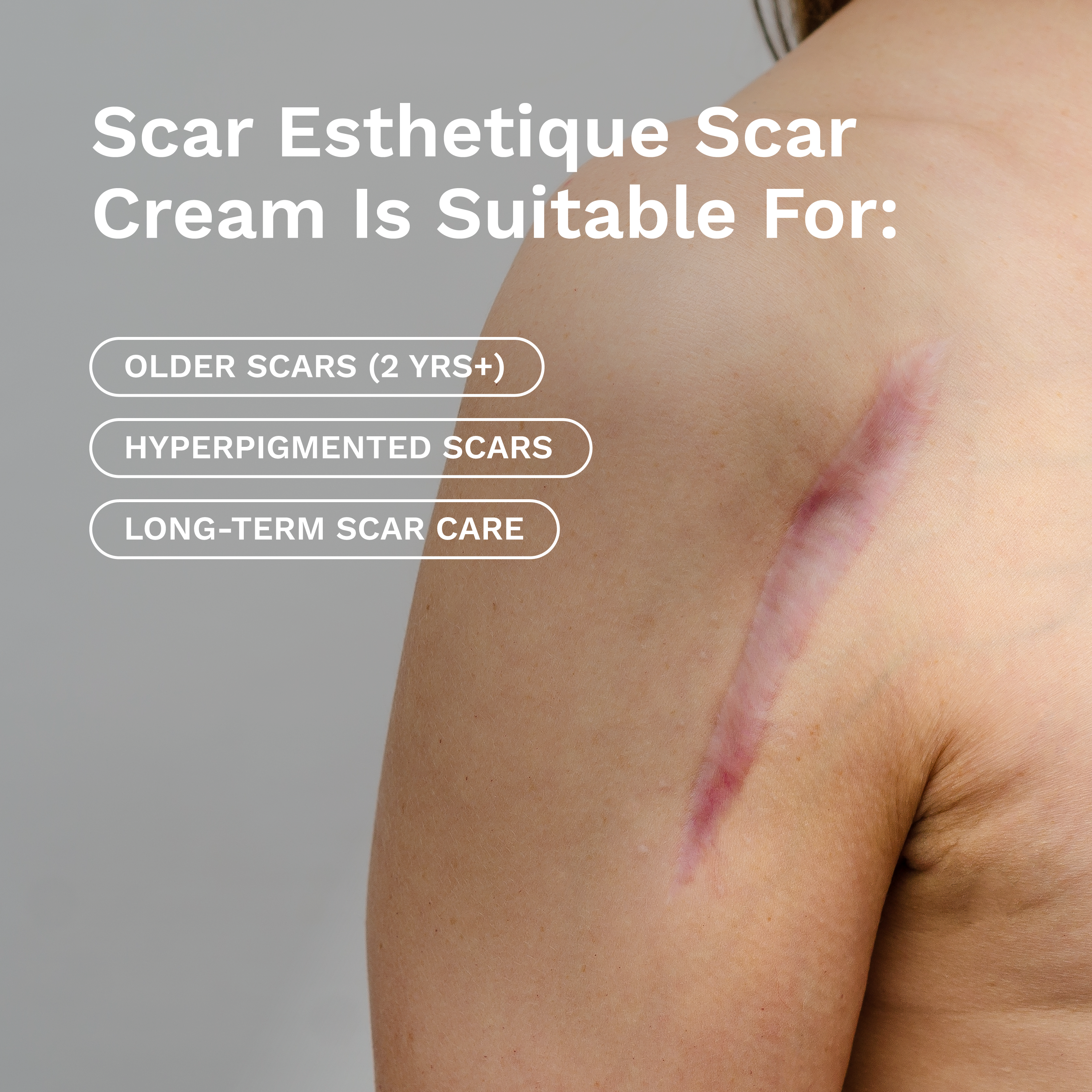








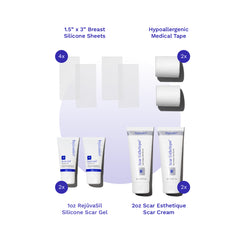
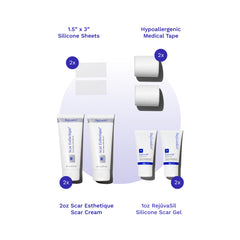

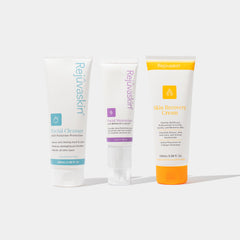

Leave a comment